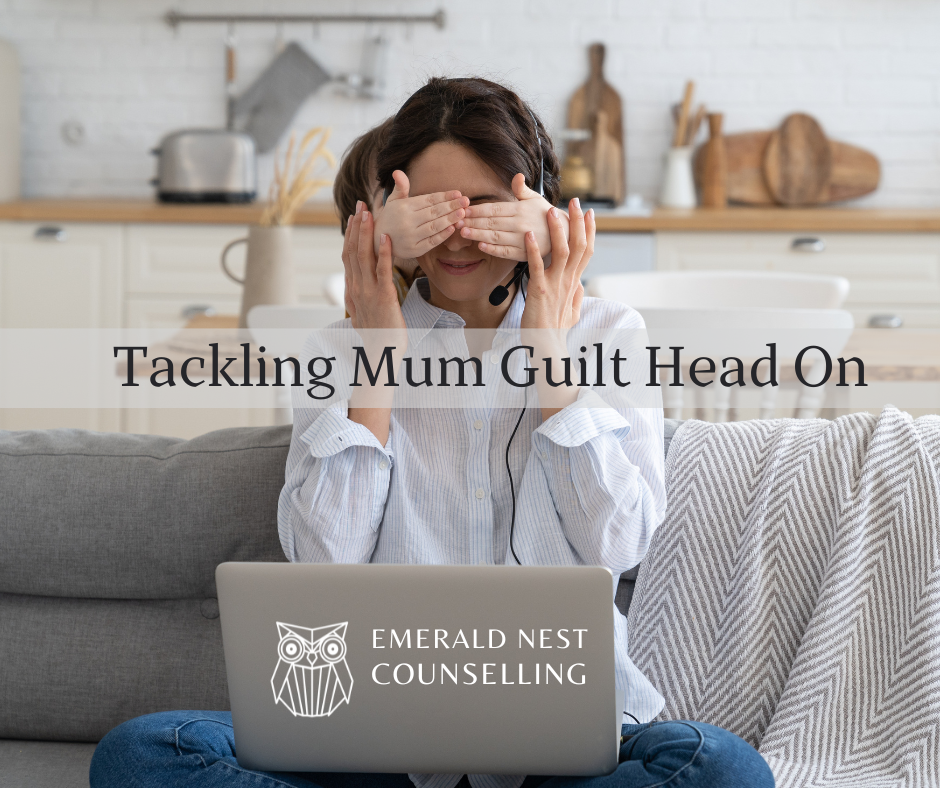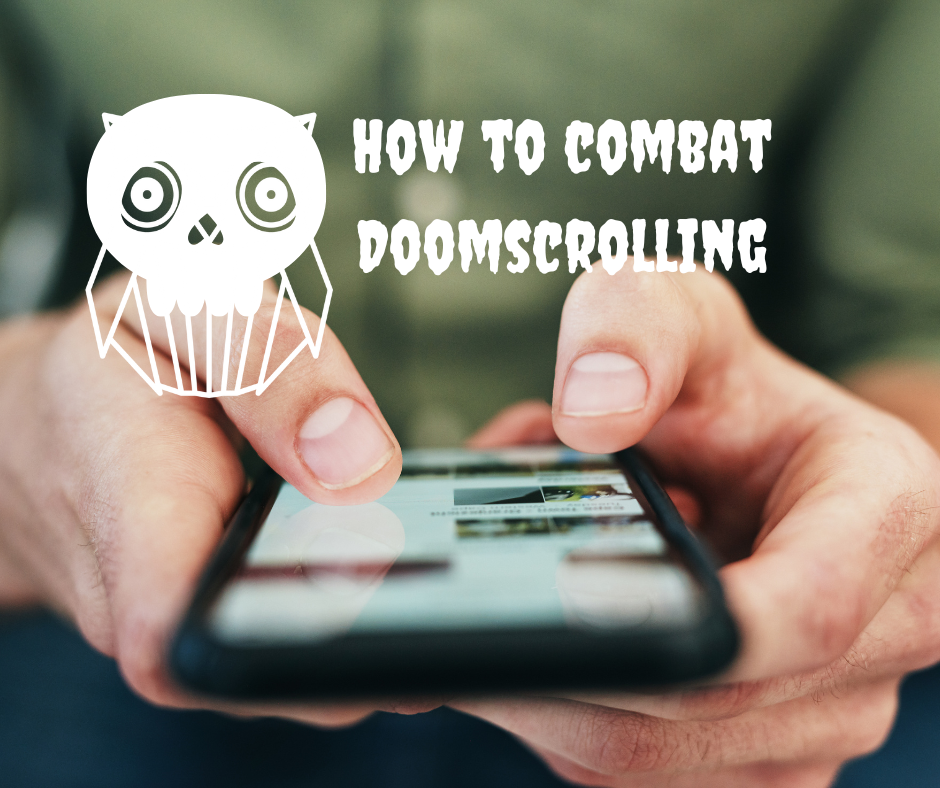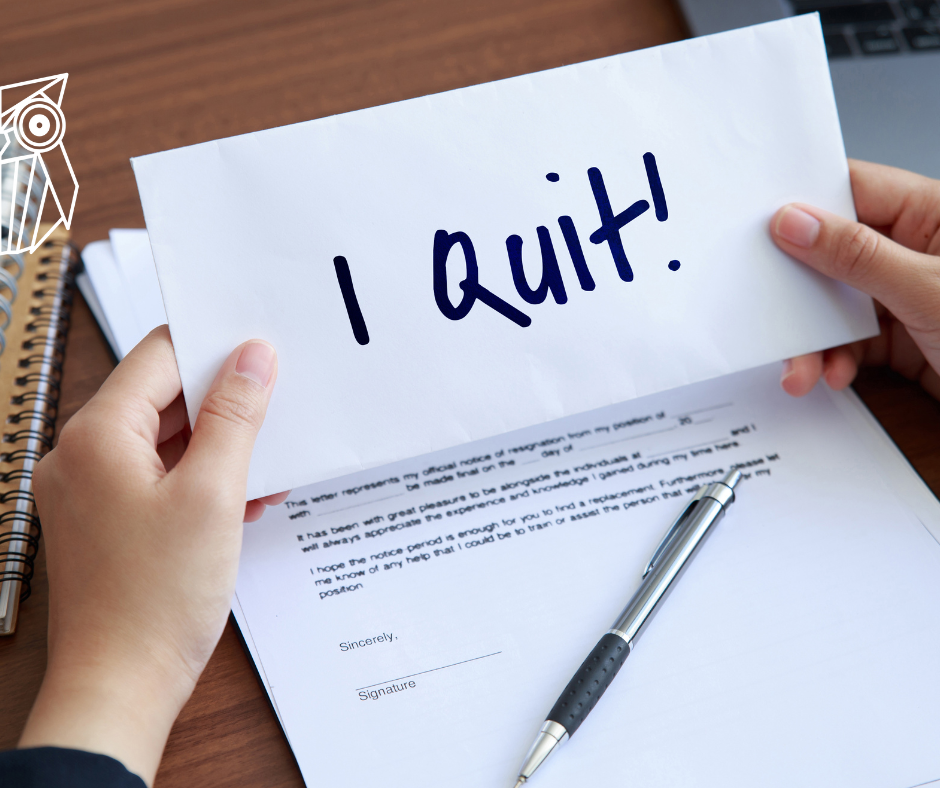Coping with Chronic Pain: Balancing Mindfulness and Positivity
Coping with Chronic Pain: Balancing Mindfulness and Positivity.
Something you probably don’t know about me is that I have suffered with persistent back pain for many years. There’s a piece of my trapezoid muscle missing. Multiple pregnancies back to back, poor posture and years of not putting my own wellbeing at the forefront have not helped. Reluctant to rely solely on painkillers, I have turned to mindfulness, gratitude, and positivity to navigate some of the challenges of living with chronic pain. However, there are times it becomes necessary to take a step back, rest, and sometimes resort to medical pain relief. Recognising the impact of my pain on all aspects of my life, including mental clarity, interactions, and patience, came gradually but paved the way for understanding and acceptance. Prioritising self-care has not only improved my well-being but has a positive influence on those around me- I mean if Mumma isn’t happy, nobody happy!
The Cycle of Chronic Pain
Chronic pain often operates in a cycle that can feel inescapable. For many individuals, this cycle starts with an initial injury or medical condition that triggers persistent pain. The body’s natural response to pain can lead to muscle tension and restricted movement, which in turn, may exacerbate the discomfort and create a feedback loop. This cycle is not solely physical; it intertwines with mental health, where pain can lead to emotional distress, and that distress can amplify the perception of pain. For me personally, the cycle included long periods of time where the pain seemed manageable, or I was just too busy to acknowledgeable, followed by periods where it became overwhelming, affecting not just my physical capabilities but also my mood and productivity. Trying to disrupt the pattern and create space for healing and managing the pain effectively can become a time-consuming task.
Turning to Mindfulness and Positivity
One thing I have discovered is the value of mindfulness and positivity. Mindfulness is the practice of being present in the moment and accepting it without judgment. It became a tool to detach from the persistent discomfort and to reduce stress, which is often a powerful amplifier of pain. Positivity, on the other hand, helped me to focus on what I could do rather than on my limitations. It involved acknowledging the pain but not letting it dominate my thoughts. Through positivity, I learned to celebrate small victories—a day with less pain or a moment of relaxation. These approaches did not eliminate the pain, but they provided a way to live with it, accept it, and to reduce its control over my life. It was a way to maintain mental health and wellbeing.
Feeling Pain Without Judgement
Learning to feel pain without judgment is a significant step in understanding and accepting chronic pain. It entails acknowledging the pain’s existence without attaching negative emotions or self-criticism to the experience. This approach borrows from mindfulness, where observation replaces judgment. When I began to observe my pain neutrally, I noticed a shift in my mental health. The burden of blame, whether on my body’s “failings” or on my perceived lack of resilience, started to lift. This non-judgmental stance is crucial because chronic pain often invites unwanted opinions, both from oneself and others, which can compound the distress. By consciously avoiding these judgments, I found that my pain did not necessarily decrease, but my suffering did. Wellbeing improved as I learned to coexist with my pain, recognising it as a part of my experience, but not the defining feature of my identity or worth.
Making Peace with Persistent Pain
Making peace with persistent pain is a transformative process. It requires a mental shift from constant resistance to a form of acceptance. Acceptance does not mean giving up or admitting defeat; rather, it’s about acknowledging the reality of the situation and finding ways to live alongside it. For me, this meant redefining my expectations and setting realistic goals that accommodated my chronic pain, rather than pushing against its limits and exacerbating the problem.
A holistic approach combining counselling, physical care, and mental health strategies to sustain wellbeing can help. Counselling can provide strategies to cope with the emotional toll of chronic pain. Through acceptance, you can reduce the internal struggle that often comes with chronic conditions, allowing a focus on what brings joy and less on the discomfort. This peace is not constant, but it provides a foundation for resilience and a more contented life.
Recognising the Impact on daily Life
Acknowledging the impact of chronic pain on daily life is a critical step in achieving balance. Chronic pain can disrupt routines, hinder productivity, and strain relationships. In my experience, it was important to recognise these changes without self-judgment. This meant adapting how I approached work, setting more flexible goals, and communicating openly with colleagues and loved ones about my limitations. By doing so, I was able to create an environment of understanding and support around me. This understanding extended to self-awareness, realising the need to pace myself and adjust my expectations. Ultimately, the goal was to find a balance between managing pain and engaging with life, ensuring that while pain was a part of my life, it did not define it.
Developing a Balanced Coping Mechanism
Developing a balanced coping mechanism is key to managing chronic pain over the long term. This involves a combination of strategies that address both the physical and emotional aspects of pain. For me, balance meant integrating mindfulness practices and recognising when medical interventions were necessary. Some people find that keeping a pain diary helps to identify patterns and triggers, allowing for better management strategies. The goal cannot be to eliminate pain completely if that is an unrealistic goal, but to minimise the impact of the pain on your life. By developing a personalised and multifaceted approach, you can maintain a sense of control and improve the overall quality of life.
Seeking Support: Counselling for Chronic Pain
Professional support, such as counselling, plays a vital role in the holistic approach to managing chronic pain. Counselling can provide a safe space to explore the emotional impact of living with persistent pain, offering strategies to cope with associated stress, depression, and anxiety. The guidance of a trained counsellor can enable you to develop healthier thought patterns and to build resilience. Furthermore, counselling often includes strategies to empower individuals to take an active role in the way they are managing personal and professional relationships, so they can advocate for their own wellbeing needs. It’s not just about talking; it’s about learning and applying new skills to improve mental health and wellbeing. By seeking support, individuals can feel less isolated in their experience and more equipped to face the daily challenges of chronic pain.










